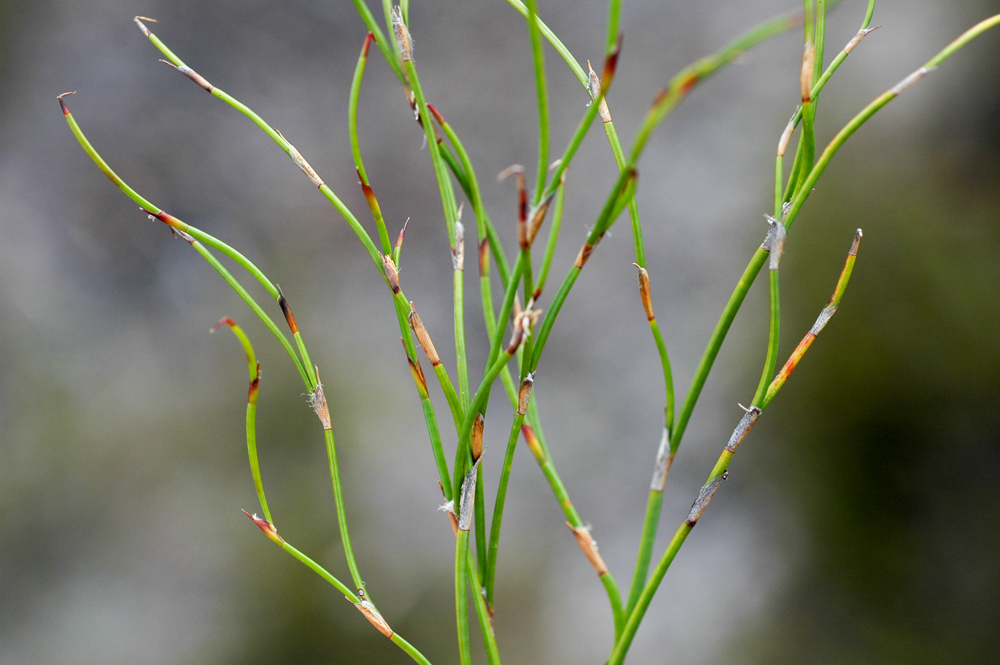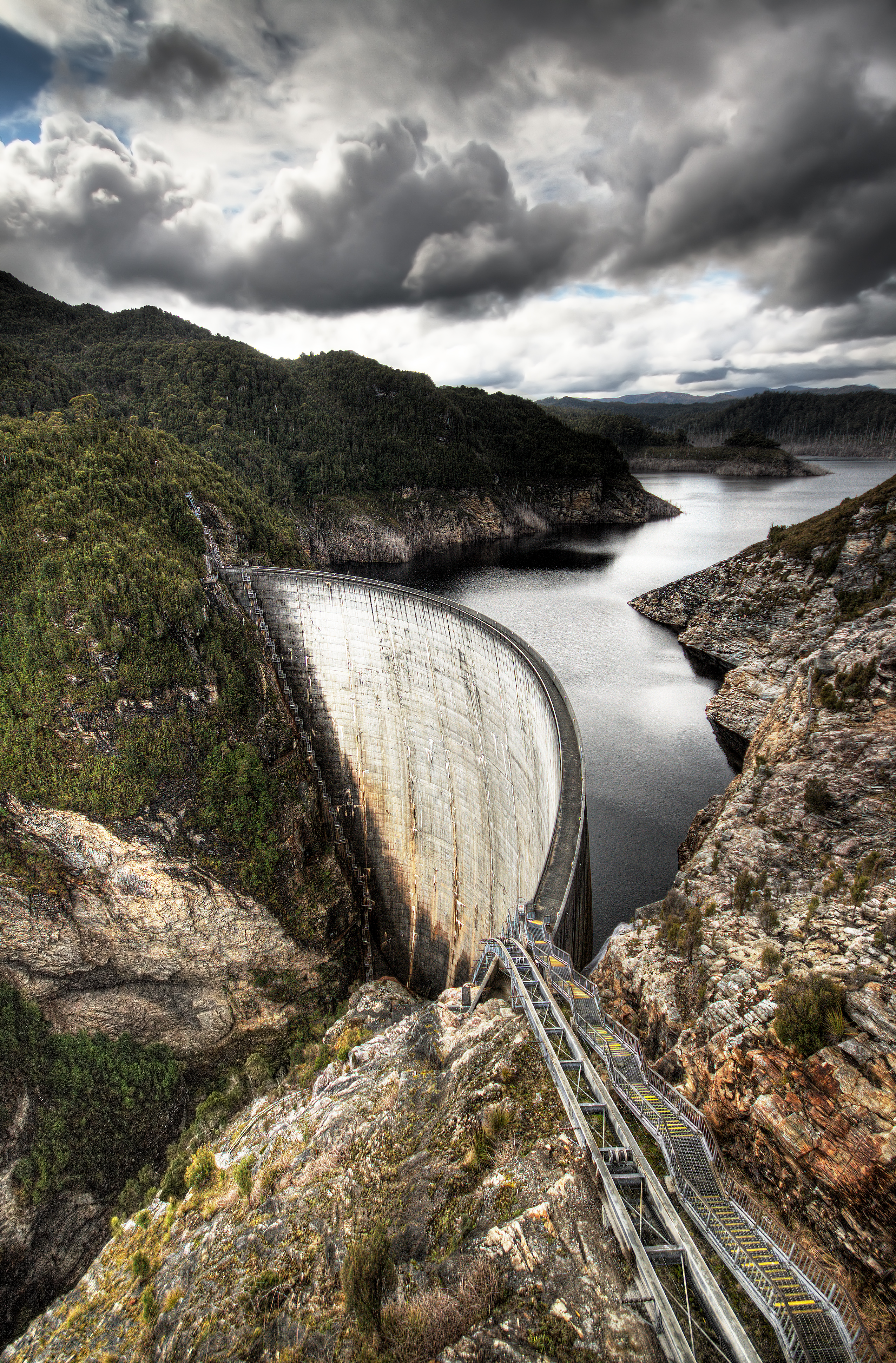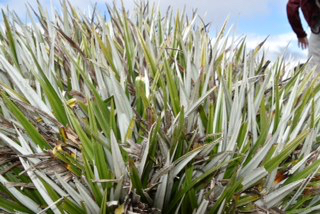|
Empodisma Minus
''Empodisma minus'', commonly known as (lesser) wire rush or spreading rope-rush, is a perennial evergreen belonging to the southern-hemisphere family of monocotyledons called the Restionaceae. The Latin name ''Empodisma minus'' translates to “tangle-foot” “small”. ''E. minus'' is found from Queensland to South Australia, Tasmania and throughout New Zealand south of 38 ° latitude, or the central north island. Its current conservation status is “Least concerned”. In 2012 the new species '' Empodisma robustum'' was described in New Zealand, with what was previously described as ''E. minus'' from the lowland raised bogs of Waikato and Northland now being re-classified as ''E. robustum''. ''E. minus'' remains an important peatformer in the south of New Zealand and in high altitude peatlands. Description The stems are 15–200 cm long, numerously branched, semi-terete and dark green to dark brown in colour. The stem keeps upright when short, yet becomes procumbent wh ... [...More Info...] [...Related Items...] OR: [Wikipedia] [Google] [Baidu] |
Queensland
) , nickname = Sunshine State , image_map = Queensland in Australia.svg , map_caption = Location of Queensland in Australia , subdivision_type = Country , subdivision_name = Australia , established_title = Before federation , established_date = Colony of Queensland , established_title2 = Separation from New South Wales , established_date2 = 6 June 1859 , established_title3 = Federation , established_date3 = 1 January 1901 , named_for = Queen Victoria , demonym = , capital = Brisbane , largest_city = capital , coordinates = , admin_center_type = Administration , admin_center = 77 local government areas , leader_title1 = Monarch , leader_name1 = Charles III , leader_title2 = Governor , leader_name2 = Jeannette Young , leader_title3 = Premier , leader_name3 = Annastacia Palaszczuk ( ALP) , legislature = Parliament of Queensland , judiciary = Supreme Court of Queensland , national_representation = Parliament of Australia , national_representation_t ... [...More Info...] [...Related Items...] OR: [Wikipedia] [Google] [Baidu] |
Ecosystem Engineer
An ecosystem engineer is any species that creates, significantly modifies, maintains or destroys a habitat. These organisms can have a large impact on species richness and landscape-level heterogeneity of an area. As a result, ecosystem engineers are important for maintaining the health and stability of the environment they are living in. Since all organisms impact the environment they live in one way or another, it has been proposed that the term "ecosystem engineers" be used only for keystone species whose behavior very strongly affects other organisms. aemig PD (2012). Ecosystem Engineers: wildlife that create, modify and maintain habitats. ECOLOGY.INFO #12/ref> Types Jones et al. identified two different types of ecosystem engineers: Allogenic engineers Allogenic engineers modify the biophysical environment by mechanically changing living or nonliving materials from one form to another. Beavers are the original model for ecosystem engineers; in the process of clearcutti ... [...More Info...] [...Related Items...] OR: [Wikipedia] [Google] [Baidu] |
Flora Of Queensland
Flora is all the plant life present in a particular region or time, generally the naturally occurring (indigenous) native plants. Sometimes bacteria and fungi are also referred to as flora, as in the terms '' gut flora'' or '' skin flora''. Etymology The word "flora" comes from the Latin name of Flora, the goddess of plants, flowers, and fertility in Roman mythology. The technical term "flora" is then derived from a metonymy of this goddess at the end of the sixteenth century. It was first used in poetry to denote the natural vegetation of an area, but soon also assumed the meaning of a work cataloguing such vegetation. Moreover, "Flora" was used to refer to the flowers of an artificial garden in the seventeenth century. The distinction between vegetation (the general appearance of a community) and flora (the taxonomic composition of a community) was first made by Jules Thurmann (1849). Prior to this, the two terms were used indiscriminately.Thurmann, J. (1849). ''Essai ... [...More Info...] [...Related Items...] OR: [Wikipedia] [Google] [Baidu] |
Flora Of Tasmania
Flora is all the plant life present in a particular region or time, generally the naturally occurring (indigenous) native plants. Sometimes bacteria and fungi are also referred to as flora, as in the terms '' gut flora'' or '' skin flora''. Etymology The word "flora" comes from the Latin name of Flora, the goddess of plants, flowers, and fertility in Roman mythology. The technical term "flora" is then derived from a metonymy of this goddess at the end of the sixteenth century. It was first used in poetry to denote the natural vegetation of an area, but soon also assumed the meaning of a work cataloguing such vegetation. Moreover, "Flora" was used to refer to the flowers of an artificial garden in the seventeenth century. The distinction between vegetation (the general appearance of a community) and flora (the taxonomic composition of a community) was first made by Jules Thurmann (1849). Prior to this, the two terms were used indiscriminately.Thurmann, J. (1849). ''Essai de ... [...More Info...] [...Related Items...] OR: [Wikipedia] [Google] [Baidu] |
Flora Of New South Wales ...
*''The Flora that are native to New South Wales, Australia''. :*''Taxa of the lowest rank are always included. Higher taxa are included only if endemic''. *The categorisation scheme follows the World Geographical Scheme for Recording Plant Distributions, in which :* Jervis Bay Territory, politically a Commonwealth of Australia territory, is treated as part of New South Wales; :* the Australian Capital Territory, politically a Commonwealth of Australia territory, is treated as separate but subordinate to New South Wales; :* Lord Howe Island, politically part of New South Wales, is treated as subordinate to Norfolk Island. {{CatAutoTOC New South Wales Biota of New South Wales New South Wales ) , nickname = , image_map = New South Wales in Australia.svg , map_caption = Location of New South Wales in AustraliaCoordinates: , subdivision_type = Country , subdivision_name = Australia , established_title = Before federation , es ... [...More Info...] [...Related Items...] OR: [Wikipedia] [Google] [Baidu] |
Aponotoreas Synclinalis
''Aponotoreas synclinalis'' (also known as the Wirerush looper) is a moth of the family Geometridae. It is endemic to New Zealand. Taxonomy This species was first described by George Vernon Hudson in 1903 as ''Notoreas synclinalis'' from a type specimen discovered by Alfred Philpott at Seaward Moss near Invercargill on 4 January 1900. In 1986 R. C. Craw described the new genus '' Aponotoreas'' and included ''A. synclinalis'' within it. Distribution This moth is common in upland areas of the Catlins, Longwood Range and Stewart Island. It is also present in south-west Fiordland. It is unusual as it is only one of two species in its genus where specimens have been collected at sea level. Behaviour This species is day flying and is on the wing from January until March. Host plants The host plant of the larvae of ''A. synclinalis'' is ''Empodisma minus ''Empodisma minus'', commonly known as (lesser) wire rush or spreading rope-rush, is a perennial evergreen belonging to th ... [...More Info...] [...Related Items...] OR: [Wikipedia] [Google] [Baidu] |
Astelia Alpina
''Astelia alpina'' called pineapple grass, silver astelia, or perching lily is a commonly found species in alpine and subalpine areas of Tasmania and the Australian Alps.Pickering, C.M., Jordan, M., and Hill, W. (2004) "Sexual dimorphism and sex ratios of two Australian dioecious species of alpine pineapple grass, ''Astelia alpina'' var. ''novae-hollandiae'' and ''Astelia psychrocharis'' (Asteliaceae) Nordic Journal of Botany, 23(2): 225-236 It is a perennial herb that typically dominates its environment by growing in dense clusters, called mats, in alpine bogs.Australian Native Plants Society (2009)Guide to Australian Plants; Astelia alpina Retrieved 2016-03-16 There are two subspecies: ''Astelia alpina'' var. ''novae hollandiae'' from New South Wales and Victoria and ''Astelia alpina'' var. ''alpina'' endemic to Tasmania.Maciunas, E., Conran, J.G., Bannister, J.M., Paull, R., and Lee, D.E. (2011) "Miocene Astelia (Asparagales: Asteliaceae) macrofossils from southern New Zealand" ... [...More Info...] [...Related Items...] OR: [Wikipedia] [Google] [Baidu] |
Gleichenia Alpina
''Gleichenia alpina'', commonly known as alpine coral-fern, is a small fern species that occurs in Tasmania and New Zealand. It grows in alpine and subalpine areas with moist soils and is a part of the Gleichrniaceae family. The species was first formally described by botanist Robert Brown in 1810. Description ''Gleichenia alpina'' is a common native ground-fern that grows in boggy alpine and subalpine vegetation. It has the typical ''Gleichenia'' foliage, which is repeatedly dichotomously divided before ending in pinnate laminas. The distinctive feature is deep pouches densely covered with hairs on the underside of the pinnules. ''Gleichenia alpina'' is characterised by comparatively short frond axes and the dense orange-brown (becoming pale) scales that obscure the abaxial surface of the lamina. Its strongly pouched ultimate segments mean it can be confused only with ''G. dicarpa''. From that species, ''G. alpina'' can be distinguished by: the absence of stellate scales wi ... [...More Info...] [...Related Items...] OR: [Wikipedia] [Google] [Baidu] |
Baeckea Gunniana
''Baeckea gunniana'', commonly known as alpine baeckea, is a species of flowering plant in the family Myrtaceae and is endemic to alpine and sub-alpine areas of south-eastern Australia. It is a densely-branched shrub with egg-shaped to oblong leaves and small white flowers with four to six stamens. Description ''Baeckea gunniana'' is a smooth, compact shrub growing up to high, although it can reach up to at lower altitudes. It is sometimes prostrate, spreading over rocks and boulders. The branchlets have papery or fibrous brown bark. The leaves are crowded, elliptical to egg-shaped with the narrower end towards the base, long, wide on a petiole about long and have smooth edges. The flowers up to in diameter and are borne singly in upper leaf axils, each flower on a pedicel long. The sepals are triangular to oblong, long and the petals are white, more or less round and long. There are four to six stamens all about the same length. The ovary has a single locule, the ... [...More Info...] [...Related Items...] OR: [Wikipedia] [Google] [Baidu] |
Richea Continentis
''Richea continentis'', the candle heath, is a species of flowering plant in the family Ericaceae that is endemic to Australia. It is multi-branched shrub growing to between 0.5 and 1 metre high. Leaves are 1 to 4 cm long. The inflorescence is 30 cm long with white to greenish-white flowers The species was first formally described by English botanist Brian Laurence Burtt in 1942 in ''Botanical Magazine'', based on the type specimen collected at Mount Hotham by botanist Ferdinand von Mueller. It occurs near watercourses or bogs in alpine or sub-alpine wet heathland in Victoria and New South Wales ) , nickname = , image_map = New South Wales in Australia.svg , map_caption = Location of New South Wales in AustraliaCoordinates: , subdivision_type = Country , subdivision_name = Australia , established_title = Before federation , es .... References {{Taxonbar, from=Q7330384 continentis Ericales of Australia Flora of New South Wales Flora of Victoria (st ... [...More Info...] [...Related Items...] OR: [Wikipedia] [Google] [Baidu] |
Sphagnum Cristatum
''Sphagnum'' is a genus of approximately 380 accepted species of mosses, commonly known as sphagnum moss, peat moss, also bog moss and quacker moss (although that term is also sometimes used for peat). Accumulations of ''Sphagnum'' can store water, since both living and dead plants can hold large quantities of water inside their cells; plants may hold 16 to 26 times as much water as their dry weight, depending on the species.Bold, H. C. 1967. Morphology of Plants. second ed. Harper and Row, New York. p. 225-229. The empty cells help retain water in drier conditions. As sphagnum moss grows, it can slowly spread into drier conditions, forming larger mires, both raised bogs and blanket bogs. Thus, sphagnum can influence the composition of such habitats, with some describing sphagnum as 'habitat manipulators'. These peat accumulations then provide habitat for a wide array of peatland plants, including sedges and ericaceous shrubs, as well as orchids and carnivorous plants.Keddy, ... [...More Info...] [...Related Items...] OR: [Wikipedia] [Google] [Baidu] |
South Australia
South Australia (commonly abbreviated as SA) is a state in the southern central part of Australia. It covers some of the most arid parts of the country. With a total land area of , it is the fourth-largest of Australia's states and territories by area, and second smallest state by population. It has a total of 1.8 million people. Its population is the second most highly centralised in Australia, after Western Australia, with more than 77 percent of South Australians living in the capital Adelaide, or its environs. Other population centres in the state are relatively small; Mount Gambier, the second-largest centre, has a population of 33,233. South Australia shares borders with all of the other mainland states, as well as the Northern Territory; it is bordered to the west by Western Australia, to the north by the Northern Territory, to the north-east by Queensland, to the east by New South Wales, to the south-east by Victoria, and to the south by the Great Australian Bight.M ... [...More Info...] [...Related Items...] OR: [Wikipedia] [Google] [Baidu] |







